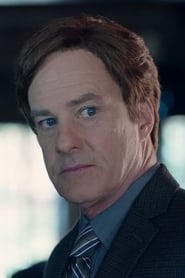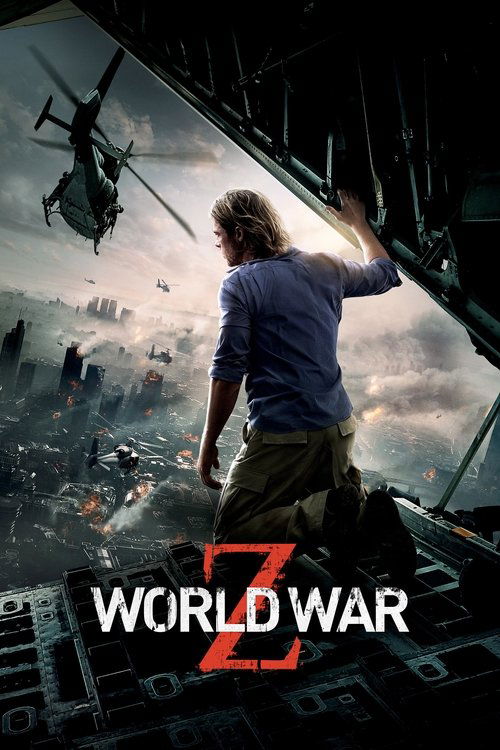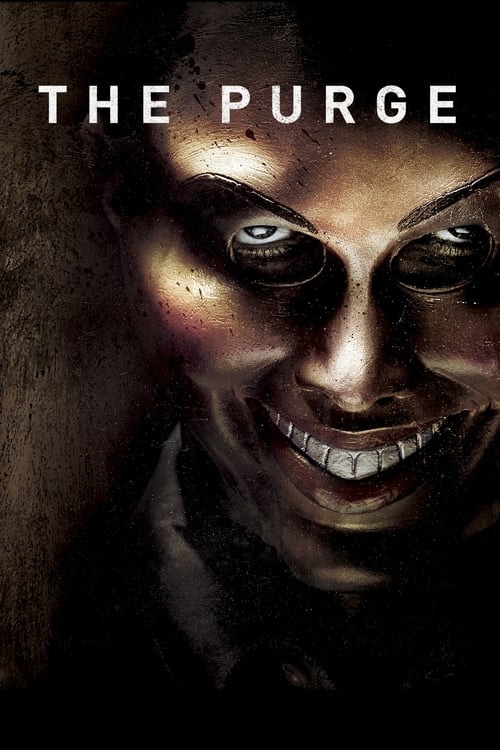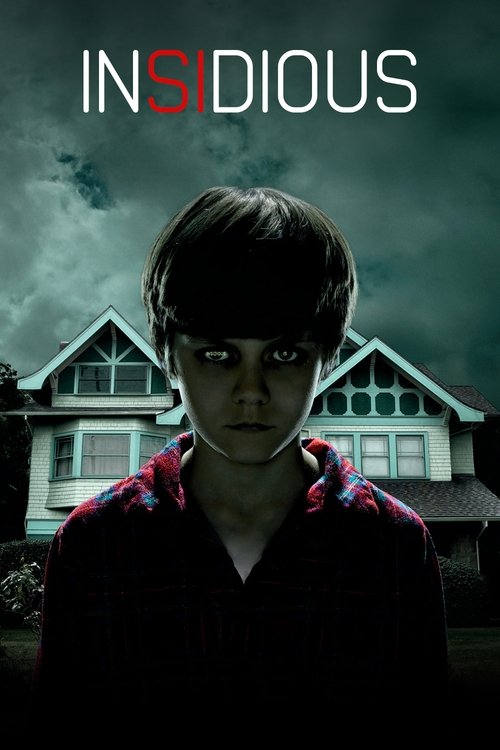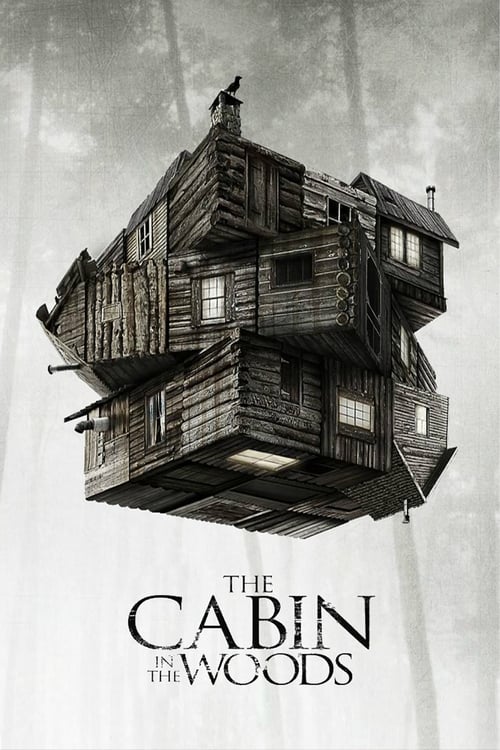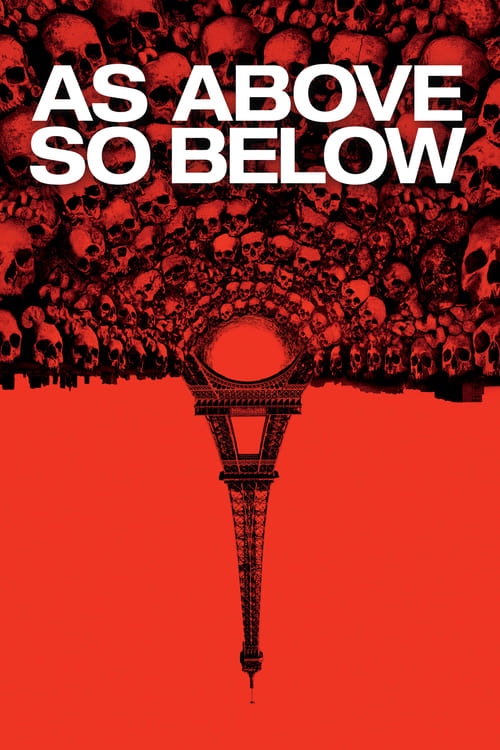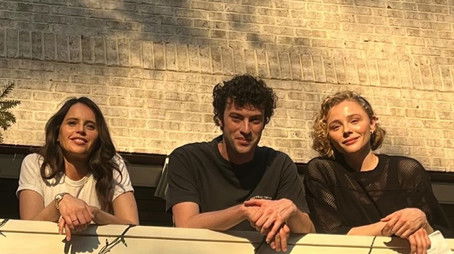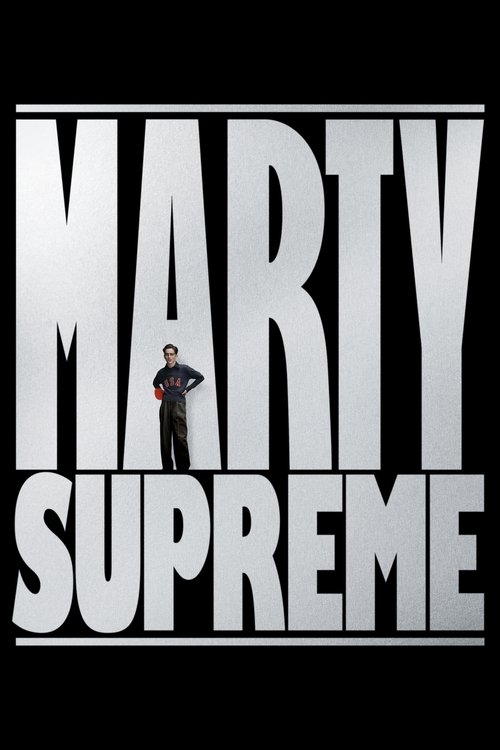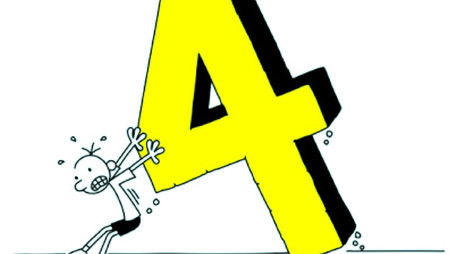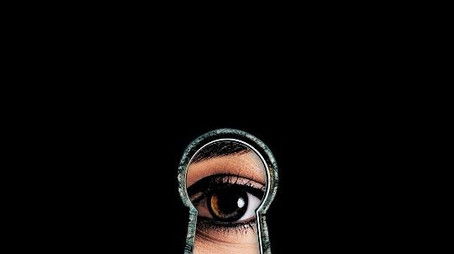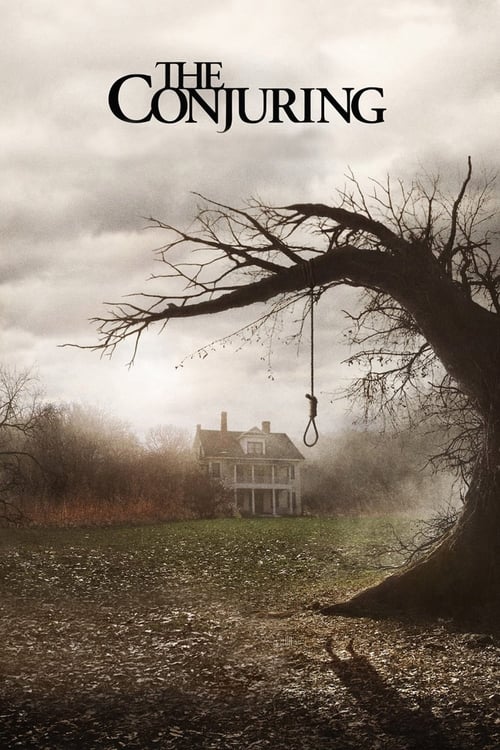
Ask Your Own Question
What is the plot?
The morning sun glares over the unfinished suspension bridge as a busload of employees from Presage Paper Company rolls toward their corporate retreat. Inside, the air is thick with forced laughter and office gossip. Sam Lawton, a young man with chef's dreams and a distracted gaze, sits beside his girlfriend Molly Harper, their relationship strained by recent arguments. Across the aisle, Peter Friedkin cracks jokes, while Nathan Sears and Roy Carson discuss weekend plans. Olivia Castle, a gymnast, stretches her legs, and Dennis Lapman fiddles with his phone. The mood is light, but Sam's face darkens as a sudden, visceral premonition grips him--a vision so real it blurs the line between nightmare and reality.
In Sam's mind, the bridge shudders. Cables snap like guitar strings. Concrete fractures. The bus lurches, then plummets, and one by one, his coworkers die in grotesque, cinematic detail--impaled, crushed, drowned. He sees Molly, her hand reaching for him as the world collapses. The vision ends as abruptly as it began, leaving Sam gasping, sweat beading on his forehead. "We have to get off this bridge. Now," he insists, voice trembling. Molly, confused, pleads, "Sam, what's wrong?" Peter scoffs, "Dude, you're freaking out over nothing." But Sam's panic is contagious. He ushers Molly, Peter, Nathan, Olivia, Roy, Dennis, and a few others off the bus just as the first cable snaps in reality. The bridge groans, then collapses in a thunderous roar, sending vehicles and screams into the river below. The survivors watch, stunned, as death claims those who ignored Sam's warning.
At the retreat center, the mood is somber. Survivors huddle together, shell-shocked. Sam, haunted by his vision, struggles to explain what he saw. Molly clings to him, grateful but shaken. Peter's bravado is tinged with resentment; he mutters, "We should've stayed on the bus. At least it would've been quick." That night, the group learns that Roy Carson has died--not on the bridge, but in a freak accident at work. Nathan, operating a forklift, accidentally crushes Roy against a stack of pallets. The death is ruled an accident, but Nathan is wracked with guilt. At the funeral, a mysterious mortician, William Bludworth, approaches the survivors. His voice is a gravelly whisper: "Death doesn't like to be cheated. It has a design. But there's a new rule--if you kill someone marked by death, you can take the years they had left." The group exchanges uneasy glances. Bludworth's words hang in the air, a seed of paranoia taking root.
Back at the office, tension simmers. Nathan, now aware of the new rule, wonders if he's bought himself time--or damned himself further. Dennis, ever the skeptic, scoffs, "This is bullshit. We're just unlucky." But as he leans over a malfunctioning machine, a wrench rockets into his face, killing him instantly. The survivors scatter, each wrestling with fear and suspicion. Olivia, seeking normalcy, returns to her gymnastics training. The gym is a minefield--a dripping air conditioner, exposed wires, a loose bolt on the uneven bars, a sharp screw on the balance beam. As she performs her routine, a chain reaction begins: the air conditioner rattles, the bolt pops free, the screw lands point-up. Olivia trips on a teddy bear's eye, loses her footing, and as she dismounts, another gymnast lands on the screw, sending chalk flying. Blinded, Olivia lands in a twisted, fatal heap. Her death is a macabre ballet of mischance, each hazard dovetailing with cruel precision.
Sam and Molly, desperate for solace, retreat to a quiet restaurant. They talk about leaving, starting over. "Maybe we can outrun this," Molly whispers. Sam nods, but his eyes are distant. Their moment is shattered when Peter bursts in, wild-eyed. "We're all going to die unless we fight back," he snarls. He reveals he's been tracking the deaths, convinced Molly is next--and that if he kills her, he can steal her remaining lifespan. A brutal confrontation erupts. Peter pulls a gun, but Agent Block, a police officer investigating the strange deaths, intervenes. Peter shoots Block, stealing his years, then turns the gun on Molly. Sam tackles Peter into the kitchen. Pots clatter, knives gleam. Peter snarls, "You don't get it, Sam. Death's coming for all of us. I'm just playing by its rules." Sam, cornered, grabs a meat skewer and, in a desperate lunge, impales Peter. As Peter collapses, Sam gasps, "Did I just… take his life?" The kitchen falls silent except for the hiss of a burning stove and the distant wail of sirens.
Two weeks later, Sam and Molly board a plane to Paris, desperate to escape the nightmare. At the airport, Molly asks for the window seat, her voice trembling with hope. As they settle in, a commotion erupts--a group of high school students and a teacher are being escorted off the plane. Sam overhears a flight attendant say, "He had a nightmare the plane would explode." Sam's blood runs cold. He looks at his ticket: Flight 180. The name echoes in his mind. The engines roar to life. Molly squeezes his hand. "We made it," she says. But as the plane ascends, Sam's face drains of color. He remembers the student's premonition--just like his own. The cabin shakes. A muffled explosion. Molly is ripped from her seat, sucked out through a ruptured window, her body severed by the wing. Flames engulf the cabin. Sam, trapped, burns alive as the plane plummets. The screen fills with fire, then blackness.
In a dimly lit bar, Nathan Sears nurses a drink, haunted by Roy's death. A stranger sidles up, murmurs, "Roy had a brain aneurysm. He was a dead man walking." Nathan's eyes widen. "You're saying…?" The man shrugs. "Life's a bitch." As the man walks away, the ceiling explodes--a flaming landing gear from Flight 180 crashes through, crushing Nathan instantly. The bar is silent except for the crackle of fire and the distant echo of sirens.
The screen fades to black. The cycle is complete. Death's design, inescapable and exact, has claimed every survivor. The film's final revelation--that Sam and Molly's doomed flight is the very same Flight 180 from the original Final Destination, and that their story is a prequel to the franchise's beginning--hangs in the air like smoke. No one escapes. No one cheats death. The credits roll to the sound of distant screams and the relentless march of fate.
What is the ending?
In the ending of Final Destination 5, the main characters face their fates as Death's design catches up with them. After a series of deadly events, Sam, the protagonist, realizes that he can prevent the deaths of his friends by sacrificing himself. He ultimately chooses to save his girlfriend Molly, but in doing so, he meets his own demise. The film concludes with a shocking twist, revealing that the events of the film are connected to the original Final Destination, as the characters board a plane that will ultimately crash.
Now, let's delve into the ending in a detailed, chronological narrative.
As the film reaches its climax, Sam Lawton, who has been haunted by the premonition of a catastrophic bridge collapse, finds himself in a race against time. After witnessing the deaths of his friends one by one, he becomes increasingly desperate to save those he cares about. The tension escalates when he realizes that Death has a plan, and it is relentless in its pursuit.
In a pivotal scene, Sam and his girlfriend Molly are at a restaurant, where they discuss their survival and the looming threat of Death. Sam is tormented by the loss of his friends, including Peter, who was killed in a gruesome accident involving a laser eye surgery gone wrong. The emotional weight of their situation hangs heavily over him, and he feels a deep sense of responsibility for the lives of those around him.
As the story unfolds, Sam learns that the only way to truly escape Death is to sacrifice someone else. This revelation leads him to a heart-wrenching decision. He confronts his friend Nathan, who has been struggling with his own survival instincts. In a moment of desperation, Sam tries to convince Nathan to let him take his place, but Nathan refuses, leading to a tense standoff.
The climax reaches its peak when Sam realizes that he must sacrifice himself to save Molly. In a dramatic sequence, he pushes her out of harm's way just as a series of deadly events unfold around them. Sam's selfless act is filled with emotional turmoil; he knows that by saving her, he is sealing his own fate. As he stands there, the chaos of Death's design comes crashing down, and he is ultimately killed in a horrific accident involving a collapsing structure.
In the aftermath, Molly is left devastated but alive, grappling with the loss of Sam. The film then shifts to a shocking twist: the characters are seen boarding a plane, which is revealed to be the same flight that would crash in the original Final Destination film. This connection underscores the cyclical nature of Death's design, suggesting that no matter how hard they try to escape, they are still bound to their fates.
The final scenes show the characters' fates: Nathan, who had survived earlier, is killed in a freak accident involving a falling sign. Peter, who had previously died, is shown in a flashback, emphasizing the inevitability of Death's plan. The film closes with a chilling reminder that Death is always lurking, waiting for its next opportunity to claim lives.
In summary, the ending of Final Destination 5 encapsulates the themes of fate, sacrifice, and the inescapable nature of Death, leaving the audience with a haunting sense of inevitability as the characters confront their ultimate destinies.
Is there a post-credit scene?
Yes, "Final Destination 5" features a post-credit scene that ties into the overarching theme of the franchise.
As the credits roll, the scene opens in a bustling airport. We see a man, who is later revealed to be Sam Lawton, the protagonist of the film, walking through the terminal. He appears to be in a hurry, glancing at his watch anxiously. The atmosphere is filled with the sounds of announcements and the chatter of travelers, creating a sense of urgency.
Sam approaches a group of his friends, who are gathered around a table, laughing and enjoying themselves. They are celebrating a recent achievement, and the mood is light-hearted. However, Sam's expression is one of unease, as he seems to be preoccupied with thoughts of the events that transpired earlier in the film, where he and his friends narrowly escaped death.
As he joins them, the camera shifts to focus on a large banner hanging in the airport, advertising a flight to Paris. The banner reads "Flight 180," which is a direct reference to the first film in the series. This moment serves as a chilling reminder of the franchise's central theme: that death is inescapable and will come for those who have cheated it.
The scene then cuts to a close-up of Sam's face, revealing a mix of relief and anxiety. Just as he begins to relax, the camera pans out, and we see a sudden, violent explosion in the background, suggesting that the cycle of death is far from over. The screen fades to black, leaving the audience with a sense of dread and the realization that the characters' fates are still intertwined with the relentless force of death.
This post-credit scene effectively encapsulates the essence of "Final Destination," reinforcing the idea that no matter how one tries to escape their fate, death will always find a way to claim its due.
What event triggers the premonition in Final Destination 5?
The premonition in Final Destination 5 is triggered when Sam Lawton, a young man working for a construction company, has a vision of a catastrophic bridge collapse while he is on a bus with his coworkers. In his vision, he sees the bridge breaking apart, leading to a series of deadly accidents.
How does Sam try to save his friends after his premonition?
After his premonition, Sam desperately tries to warn his friends and coworkers about the impending disaster. He manages to convince a few of them, including his girlfriend Molly and his coworkers Peter, Isaac, and Nathan, to leave the bus just moments before the bridge collapses, saving their lives.
What is the significance of the 'Death's design' theme in the movie?
The theme of 'Death's design' is significant as it illustrates that even after escaping death, the characters are not truly safe. After their initial escape, they begin to die one by one in increasingly elaborate and ironic accidents, suggesting that death has a predetermined plan for them that they cannot escape.
How does the character of Molly contribute to the story?
Molly, played by Emma Bell, is not only Sam's girlfriend but also a key character who shares a deep emotional connection with him. She supports Sam's attempts to understand and confront the nature of death's design. Her character adds emotional depth to the story, especially as she grapples with the fear of losing Sam and the reality of their situation.
What role does the character of Bludworth play in the film?
Bludworth, portrayed by Tony Todd, is a mysterious coroner who provides crucial information to Sam and his friends about the nature of death and how it works. He explains that death is not to be cheated and that they are still in danger, offering a chilling perspective on their situation and foreshadowing the events that will unfold.
Is this family friendly?
Final Destination 5, produced in 2011, is not considered family-friendly due to its intense themes and graphic content. Here are some potentially objectionable or upsetting aspects that may affect children or sensitive viewers:
-
Graphic Death Scenes: The film features elaborate and gruesome death sequences that are central to the plot, showcasing various characters meeting their fates in shocking and violent ways.
-
Themes of Death and Fate: The overarching theme revolves around death, fate, and the inevitability of mortality, which can be distressing for younger audiences.
-
Intense Suspense and Horror Elements: The film employs suspenseful moments that can create anxiety and fear, including jump scares and tense situations.
-
Mature Language: There are instances of strong language throughout the film, which may not be suitable for younger viewers.
-
Graphic Injury Depictions: The film includes scenes that depict injuries in a graphic manner, which can be unsettling.
-
Psychological Tension: Characters experience significant psychological stress and fear regarding their impending deaths, which may be distressing for sensitive viewers.
Overall, the film's content is geared towards an adult audience and may not be appropriate for children or those who are sensitive to horror and graphic violence.















